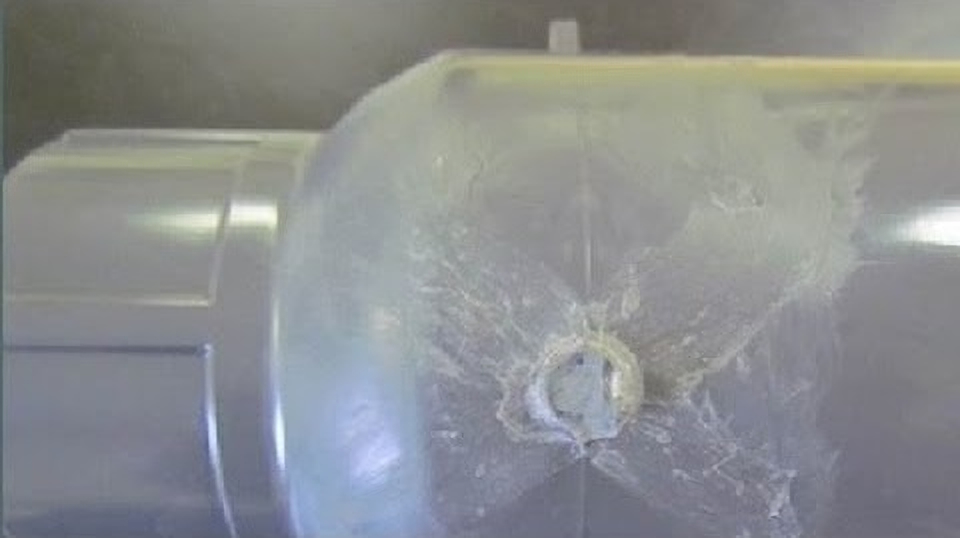Splay is a common cosmetic defect in injection molding parts where silvery streaks appear across the surface. It is caused when tiny gas bubbles are dragged along the surface as the mold cavity fills. Splay not only negatively impacts the visual appeal of parts but can also compromise their strength. So getting rid of splay is critical for any injection molder. As a professional custom plastic injection molding manufacturer, I will share some proven tactics and best practices here.

Why Splay Occurs in Injection Molding
Before jumping into solutions, it’s important to understand what causes splay in the first place. The main culprits are:
Moisture absorption: Hygroscopic resins like nylon and polycarbonate absorb atmospheric moisture. At high temperatures in the barrel, this moisture vaporizes leaving bubbles that cause splay.
Thermal degradation: Excessive temperatures or residence times break polymer chains producing gases.
Contamination: Fillers, release agents or other impurities introduce volatile compounds.
Poor venting: Trapped air between resin particles fails to properly evacuate.
Gate obstruction: Flow obstructions near gates cause shearing and premature solidification.
Solutions to Eliminate Splay Defects
Now that the root causes are clear, here are proven methods to get rid of splay:
1. Dry the Material Thoroughly
Properly drying the resin as per manufacturer recommendations is crucial. For hygroscopic materials, the target moisture content is 0.2% or lower. Extend drying times if needed.
2. Lower Excessive Barrel Temperatures
High temperatures degrade polymers generating gaseous byproducts. Reduce barrel temp in 10°F increments until splay disappears.
3. Use Proper Back Pressure
Excessive back pressure overheats the melt causing material degradation. Reduce in small increments of 25-50 psi until optimal.
4. Increase Mold Temperature
Warmer molds prevent premature solidification allowing gases to escape. Start with +10°F increments until splay stops.
5. Slow Injection Speeds
High injection speeds entrap air bubbles causing shear and splay. Lower speeds at problem areas for smooth, uniform flow.
6. Check for Obstructions
Inspect nozzle tips, gates and runners for debris. Even minor buildup can obstruct flow leading to splay.
7. Verify Venting
Ensure vents are unblocked and add vents at problem locations to allow trapped gases to evacuate.
8. Prevent Contamination
Use clean resin and regrind to avoid volatile impurities. Purge thoroughly before production.
Implement Rigorous Quality Control
Eliminating splay requires attention to detail and rigorous quality control at every step:
- Inspect resin, drying and barrel prior to molding
- Control process settings within optimal range
- Verify parts from each cycle for occurrence of splay
- Periodically maintain and service injection machines
Getting rid of splay might seem daunting initially. But methodically assessing root causes and addressing each one using proven solutions will ensure high quality, defect-free injection molded parts every time.
How Do Our Barrels and Screws Help Minimize Splay Defects?
The right injection barrel and screw play crucial roles in minimizing splay defects during the injection molding process. The barrel and screw work together to melt, mix, and deliver the plastic material into the mold cavity. Our barrels help maintain consistent temperatures, preventing premature solidification of the plastic and ensuring that the material remains molten for a sufficient duration, allowing for uniform flow and filling of the mold.
Our screws provide precise control over injection speed and pressure which is essential in preventing abrupt changes in flow that could contribute to splay defects. The screw geometry facilitates optimal mixing and homogenization of the plastic resin, reducing the likelihood of trapped air or uneven distribution of additives. This promotes a more uniform melt, enhancing the material’s flow properties.